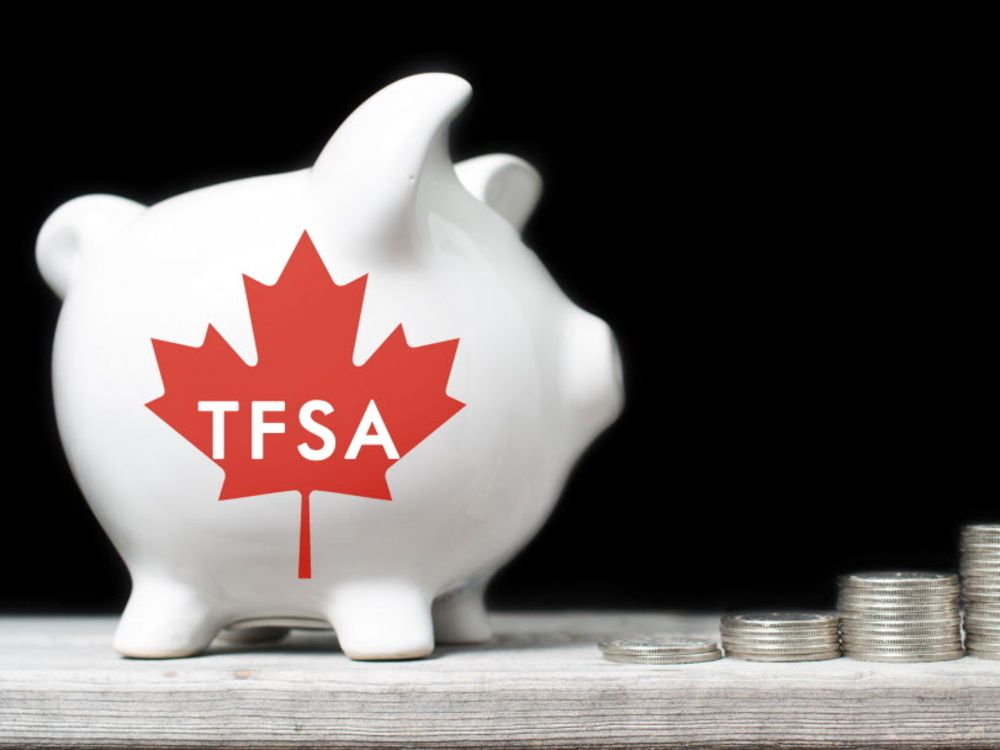
Sweden has built one of Europe’s strictest gambling markets, with Spelinspektionen enforcing tight rules on advertising, bonuses, and responsible gaming. The intention has always been clear: protect players, reduce harm, and keep gambling revenues within national borders. On paper, it looks like a strong model of modern regulation.
But while licensed operators struggle under these restrictions, overseas iGaming companies are quietly reshaping the landscape. From Malta to Curaçao, international brands use their global reach and and looser frameworks to capture the attention of Swedish players. This is not just a story about bonus-hunting gamblers — it is about how outside forces are creating real competition for Sweden’s domestic system.
As the tug-of-war between regulation and market demand intensifies, the question becomes unavoidable: how much longer can the Swedish model resist the pressure of overseas challengers?
Sweden’s iGaming Market in Numbers
When Sweden launched its re-regulated gambling framework in 2019, the government set an ambitious goal: keep players within a safe, taxed, and supervised system. The official target was a 90% channelization rate, meaning nine out of ten Swedish players would choose locally licensed operators.
According to the Swedish Gambling Authority’s Situation Report on Online Gambling Outside the Licensed Market, the channelization rate in 2023 was estimated at 86%. On paper, this looks like a success. But the report also highlights the challenges of measuring the true scale of unlicensed play. Industry critics argue that the real figure may be much lower — perhaps closer to 70–75% — especially for online casino, where overseas platforms remain highly competitive.
This debate matters. Every percentage point below target represents lost tax revenue and diminished consumer protection. More importantly, it underscores the continuing pull of overseas operators, revealing that Sweden’s regulatory framework is far from watertight.
The Rise of Overseas Operators as Market Challengers
While Sweden’s licensing system was designed to contain the market within national borders, overseas operators have steadily carved out a space of their own. These are not fringe outfits operating in the shadows — many are established brands licensed in jurisdictions such as Malta or Curaçao, serving players across Europe and beyond. Their global experience allows them to adapt quickly, and Swedish players are part of a much larger international customer base.
The competitive advantage of these companies is clear. They can offer larger game libraries, introduce innovations more rapidly, and provide far more generous campaign and bonuses compared to Swedish operators.
As a result, these overseas challengers present more than just an alternative for bonus-seeking players. They represent a parallel ecosystem that competes directly with Sweden’s licensed market, raising difficult questions about how sustainable the current regulatory approach really is.
The Consumer Choice Dilemma
For Swedish players, the decision often comes down to a trade-off between safety and freedom. Licensed operators offer the protection of Spelpaus, strict responsible gambling tools, and clear dispute resolution. But they are also restricted — bonuses are capped, deposit limits are mandatory, and payment methods are fewer.
Overseas operators, meanwhile, promise a more flexible experience: bigger bonuses, broader game libraries, and innovative features that regulated sites cannot provide. Many players consciously weigh these options and choose to step outside the licensed market, despite the risks.
Resources even exist to help users find casinos without the Swedish license, making it easier than ever to navigate the unregulated landscape. The result is a dilemma: Swedish regulation is meant to protect players, but its rigidity can push them toward platforms with fewer safeguards.
Marketing & Brand Visibility
Licensed operators in Sweden face strict limits on how they can advertise, while unlicensed brands are not legally allowed to market to Swedish players at all. In reality, many overseas companies still manage to build visibility through indirect methods.
Affiliate sites in Swedish, SEO-optimized content, and influencer partnerships act as gateways, funnelling players toward unlicensed platforms without the brands advertising directly. Some also use sponsorships, streaming content, or international campaigns that happen to reach Swedish audiences.
This creates an uneven playing field: licensed operators operate under heavy restrictions, while overseas challengers exploit loopholes to stay visible in front of Swedish players.
What the Future Could Look Like
Looking ahead, Sweden faces a pivotal decision: maintain a rigid model or adapt to a changing market. Several scenarios are possible.
One path is loosening restrictions on bonuses, payments, and product design to make the licensed market more attractive. This could improve channelization but risks criticism that player protection is being compromised. Another option is tightening enforcement, with stronger geo-blocking, payment blocks and other ways of making overseas play difficult for users. Yet history suggests determined players will always find ways around barriers.
A more balanced approach may involve modernizing regulation — allowing innovation within the licensed market while retaining strong safeguards. Cooperation with other EU regulators, particularly in tackling cross-border operators, could also strengthen Sweden’s position.
Whichever route is chosen, the message is clear: overseas operators will remain a force in the market. The question is whether Sweden can evolve fast enough to keep players — and revenues — within its borders.










